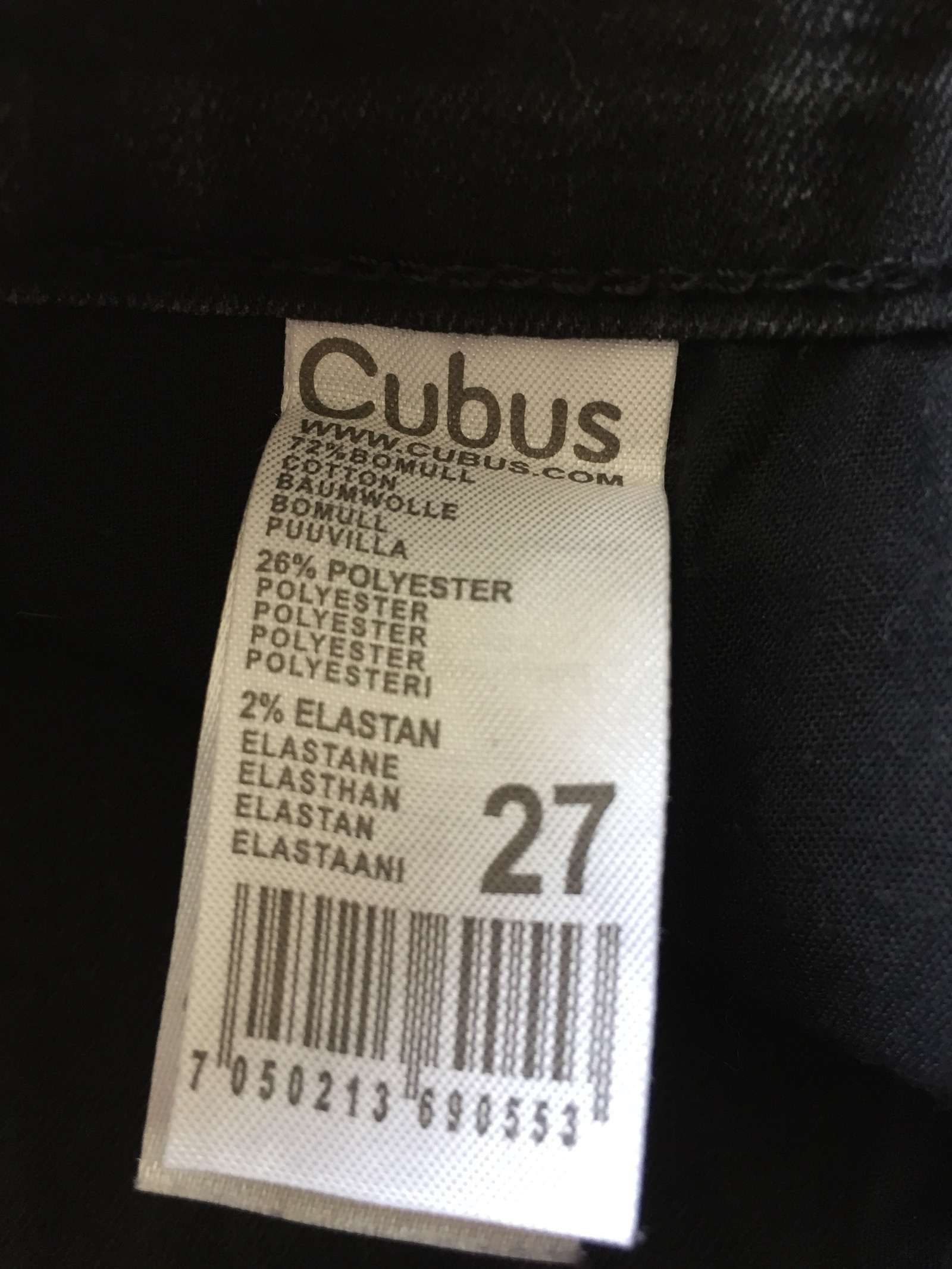
The case of Richard III revealed how far the technology had advanced. MacGregor said, “I was aware of previous attempts to recreate the face of the skull linked to Robert the Bruce. Professor Wilkinson had also led the reconstruction of Richard III’s face, using the Face Lab’s craniofacial computer system and the 3D replication process of stererolithography.ĭr. Martin MacGregor, a Scottish history lecturer at Glasgow University, watched the discovery of the Richard III’s remains underneath a Leicester car park in 2012, and soon after approached Professor Caroline Wilkinson, a craniofacial identification expert and the director of the Face Lab at LJMU, about starting the project on Robert the Bruce, and the joint project began in earnest. They can also tell that he was privileged, and so ate a very good diet during his life.ĭr.


The king had a powerful physique, and when he was younger, would have been a match for today’s superathletes. But now, thanks to 3D scanning and printing, we are actually able to see digital images of the great warrior, which depict him as a powerful, muscular man with large, broad features. There have been a few modern facial reconstructions.

The reconstructions were based on a cast of Robert the Bruce’s skull, which was held at the Hunterian Museum historians say the skull was recovered, along with his skeleton, in the early 1800s from Dunfermline Abbey, and later re-interred.Īll existing depictions of the Scottish king, such as the monument at the Bannockburn battle memorial, were based on speculation, or the death mask seen on his tomb. Facial reconstruction experts with Liverpool John Moores University (LJMU) recently completed a two-year project in collaboration with Glasgow University, and have released digital 3D images of the Scottish king, who was descended from Anglo-Norman nobles and Scottish aristocrats and beat the English at Bannockburn in 1314. Robert the Bruce, who defeated England’s Edward II in the early 1300s and brought about Scotland’s independence, is back in the 3D printing news headlines again, a little over a year after his almost 700-year-old destroyed tomb was reconstructed and 3D printed.


 0 kommentar(er)
0 kommentar(er)
